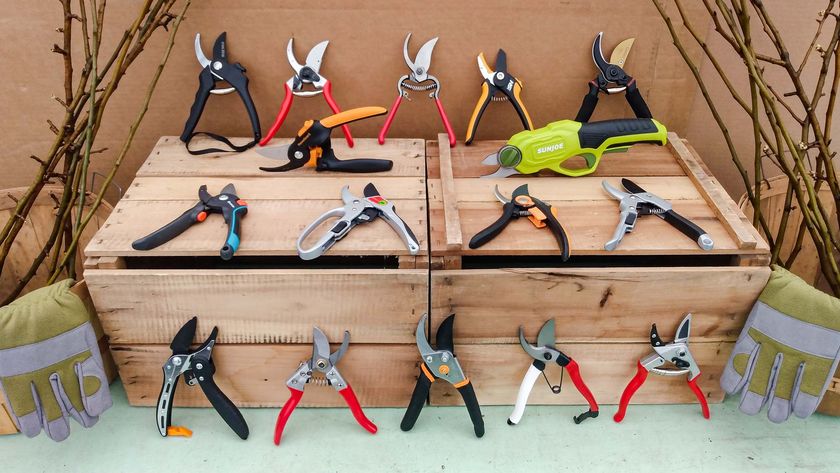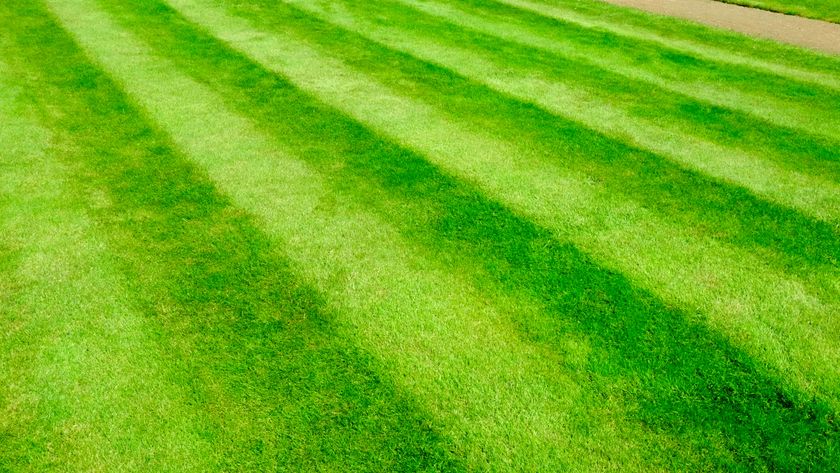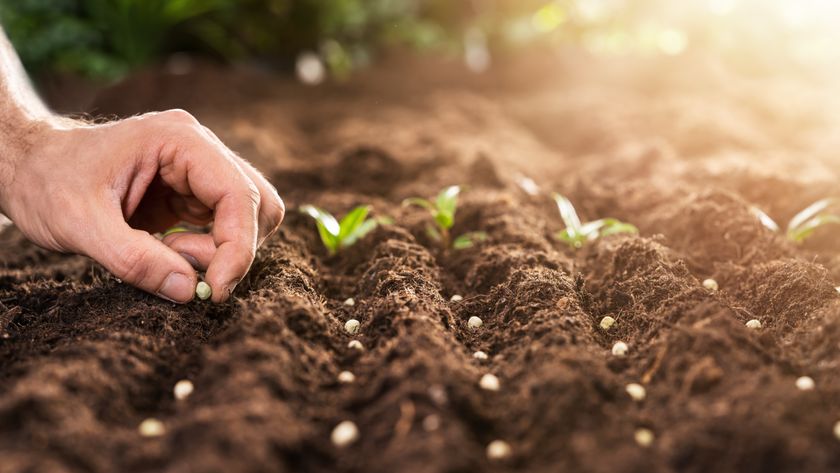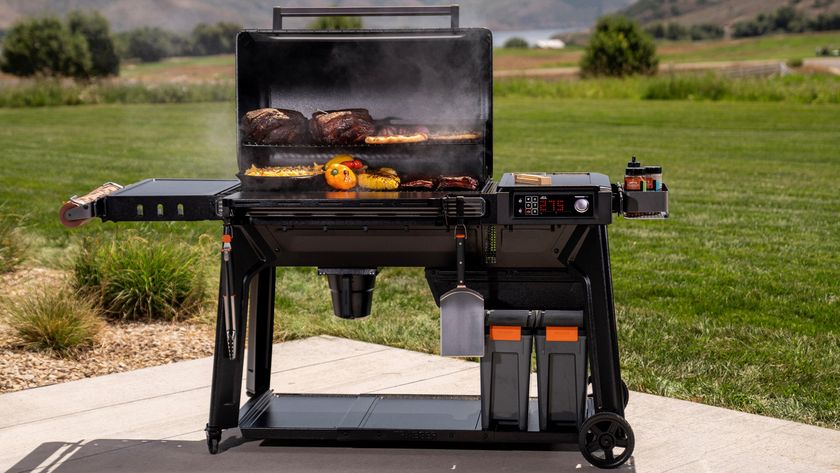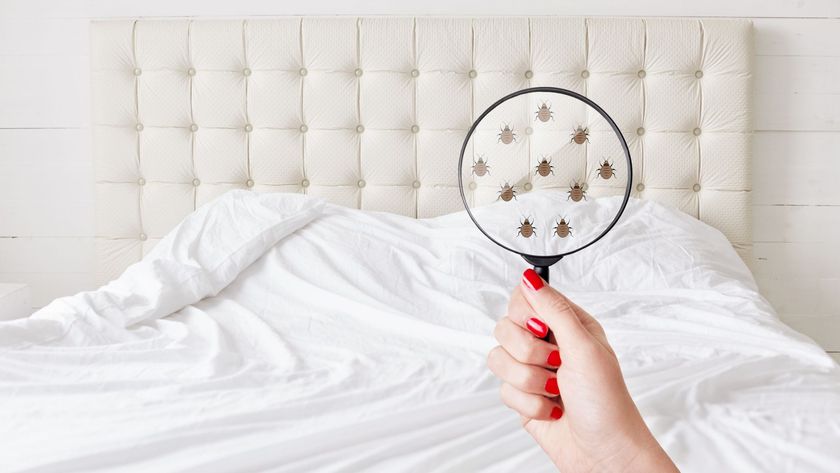7 pruning mistakes you never knew you were making
Here are 7 pruning mistakes you’re probably making right now

Pruning your plants with a set of the best pruning shears can be quite a satisfying task. Not only can the work put you into an almost meditative state, but a small cut here and there can result in a healthier and better-looking shrub, so why wouldn’t you do it?
The trouble is, you might be doing more harm than good — especially if you make one of these common pruning mistakes. One wrong cut and you can easily introduce disease to your plant, or simply damage its structure and leave it vulnerable. Here are 7 pruning mistakes to avoid at all costs.
While you're at it, check out 7 mistakes that are ruining your flower beds. Plus, here's 5 ways to get the best out of pruning shears.
1. Pruning without reason

First of all, you should never prune unless there’s a purpose behind it, such as removing deadwood or to promote growth. While it can be tempting to keep snipping away, actively cutting off healthy sections of a plant will only result in undue stress and awkward growth.
Look up the pruning instructions specific to your plants and make sure you follow them. That way, you will only prune at the correct time of year and won’t risk cutting off any future buds.
2. Using a blunt blade

If you use your pruning shears on a regular basis, you will notice that the quality of the cut reduces over time. That’s because the cutting blade will dull a little with each pass. You should take the time to sharpen the blade when this happens — a sharpened blade will make a clean cut which is easier for the plant to heal from. A sharp blade will also make the pruning process faster on the whole.
To sharpen a pruning shear blade, all you need is a fine-toothed metal file. You can also buy dedicated tools for this task, such as the Altuna Pocket Blade Sharpener ($17.49, Amazon). For full details, check out how to sharpen pruning shears.
Sign up to get the BEST of Tom's Guide direct to your inbox.
Get instant access to breaking news, the hottest reviews, great deals and helpful tips.
Remember to tighten the blade as and when you feel it loosening as well. This will again ensure a clean cut.
3. Using the wrong type of pruning shear

Not all pruning shears are the same — you need to use the right kind to avoid damaging the plant and the shears. Bypass and anvil pruning shears are handheld tools for smaller jobs. Bypass shears feature a blade which passes over another in a scissor-like fashion; this produces a clean cut and is best suited for live stems and branches.
Anvil pruning shears, on the other hand, feature a blade which meets another in an ‘anvil’ fashion. This crushes the stem rather than cuts through it and is designed for use on deadwood. Some pruning shears also come with ratchet mechanisms which break one cut into several smaller steps — this takes effort out the cuts, but makes the process longer.
Rich Woodbridge, the owner of McCollum Orchards, who tested a range of pruning shears as part of our best pruning shears test, says: 'Use a bypass pruner for whenever you are cutting live branches and stems. The scissor action of the bypass pruner leaves a clean, smooth cut that will heal fast and prevent disease. Use an anvil pruner for cutting dead branches and stems. Anvil pruners have better leverage for cutting hardwood branches, but they tend to crush live wood, leaving a rough edge that takes longer to heal."
Handheld pruning shears are designed to handle stems and branches up to about an inch in diameter. Anything wider will require something more substantial, such as two-handed lopping shears. If you’re ever unsure if you’re using the right tool, the box should say what size of branch it is suitable to cut.
You should also make sure that the pruning shears suit your hand size. If you’re left-handed, you will need to find a pair which are designed for left-handed use as well.
4. Cutting with dirty blades

Many gardeners are guilty of this one — it’s all too common to see a pair of pruning shears covered in dirt and sap. But, the fact is that cleaning the blades of your pruning shears is essential, not just between pruning sessions, but between each cut.
This might sound excessive, but if you don’t do it, the blades can potentially spread disease to your plants as you cut. And if you repeat this across several plants, it can lead to a lot of damage and regret.
To disinfect the blades, all you need to do is wipe them down with a cloth soaked in denatured alcohol. Keep the cloth in one hand to wipe the blades between each cut, and remember to do the same before you store the shears for next use.
You should also remove any sap or debris which could rust or jam the hinge before you store your shears. You could either wipe down the blades with a cloth soaked with some mineral oil, or just use some WD-40. Your pruners will last a lot longer if you take the time to do this.
"One of the biggest mistakes gardeners make with their pruners is forgetting to clean them before storage," Woodbridge says. "The simple act of wiping your pruners with a dry rag and giving them a little spritz of WD-40 after each job can greatly extend the life of the tool. Removing dirt, moisture and debris from the blades, hinge and spring and adding a bit of oil will help prevent rust and keep all the parts moving freely."
5. Overpruning

While some shrubs can be cut back by a significant amount and recover by leaps and bounds, such as when you prune hydrangeas, not all plants can take such a pruning. Remember that the plant has to recover from each cut you make, and it will be susceptible to disease during this time. So if you prune too much in one sitting, the plant can become overly stressed and much more vulnerable to the elements than necessary. This can take some plants and trees years to recover from, if at all.
Break down your pruning into multiple sessions to avoid this and give the plant a chance to recover between each trim. Make sure you check the pruning instructions for your type of plant as well — even if it can take a hard prune, it may only be recommended during certain seasons.
6. Forgetting to prune
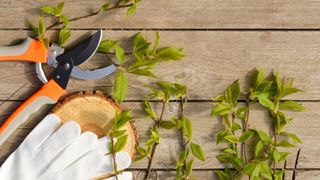
While pruning may sound like you’re causing unnecessary damage to your plants, it’s still a very important chore. If you prune back the right amount, you encourage better growth and more flowers. And by removing all traces of deadwood, you’re giving the plant better air circulation, which prevents mildew. On top of that, the plant looks better after being pruned as well, so it’s worth taking the time to do this.
Try to set yourself reminders for when your plants need to be pruned and don’t put it off. If time is limited, you can always hire a professional to step in and help.
Top tip
If you have lavender plants in your yard you might be surprised to discover that different types of lavender require pruning at different times, discover when and how to prune lavender.
7. Topping a tree

While this point is specific to pruning trees, we still felt it was worth mentioning due to its importance. Topping a tree essentially refers to cutting the top off of a tree to shorten its height, and you really shouldn’t do it. This will seriously stress the tree and can send it into shock or even kill it.
For this reason, you should always check the full height of a tree before planting it — that way, you can be sure that it won’t overgrow its space. You will be best off calling in a professional if you need a tree pruning in this manner.
For more outdoor tips, tricks, and how-tos, check out our guides on how to prune tomatoes, how to prune roses, how to prune lilacs and how to prune grapevines, as well as 5 hydrangea pruning mistakes to avoid and 5 ways to prepare your garden tools for spring.

Katie Mortram used to be a Homes Editor for Tom's Guide, where she oversaw everything from kitchen appliances to gardening tools, as well as smart home tech. Specializing in providing expert advice for cleaning and home manintenance, she now works as Household Advice Editor for Good Housekeeping.

